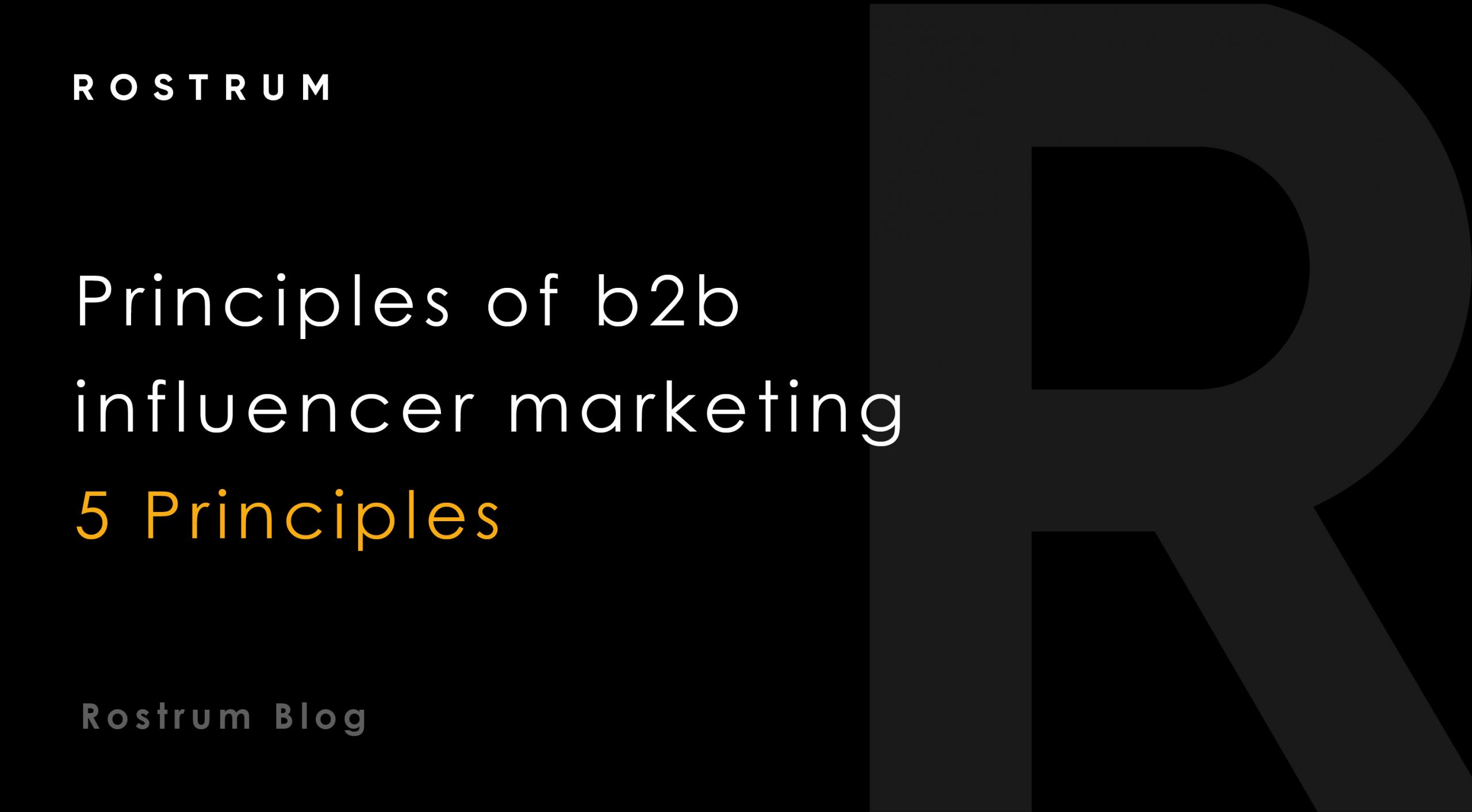Influencer marketing is growing in importance within the b2b marketing channel. An increasing number of brands are now looking to weave influencer strategies into their overall marketing mix. But influencer marketing can be a challenging discipline to get right, operating as it does in the margins between paid, owned and earned channels and demanding a genuine partnership and authentic content in order to really reach its full potential.
So, what are the principles of b2b influencer marketing effectiveness?
If you haven’t worked with influencers in the b2b channel before (and even if you have), the planning phase is vital. Working out your strategy, how you’re planning to measure success, timings, tone of voice, content strategy and messaging are all vital before you even start thinking about who you might like to invite to partner with you on your campaign. Put away the long lists of influencers, get the pad and pen out and really get stuck into campaign planning.
Mapping the ecosystem of potential b2b influencers you could work with can be a daunting task. Before you begin, social listening to accurately map your audience is a smart move. Where are they spending time online, who are they engaging with, what are they watching, reading and listening to, and where do their true interests lie when it comes to making purchasing decisions? Effective social listening will give you a strong, data and insight-driven sense of which influencers can deliver access to your audiences – especially at the hard-to-reach senior decision-maker level.
B2b influencers can offer brands a uniquely authentic route to market, unlocking new audiences and buying opportunities. But distinguishing the influencers who can add real, measurable value to your brand and drive business development goals versus those who will generate a lot of likes and clicks but not much more is a key challenge to overcome – and one that should be addressed before you start.
Background checks need to go beyond the obvious searches around tone and content of historic posts. For a period of time, any b2b influencer you’re considering partnering with will become a brand ambassador for you. You should vet them with the same thoroughness you would an employee who’s starting to do media work for your brand, or a new supplier to ensure shared values, goals and purpose. Cursory scans are not sufficient – you need to get beneath the skin of the people you’re thinking about working with. Similarly, the contracting and commercials stage needs to be handled robustly and professionally – failing to consider downside risks and potential stumbling blocks will only lead to problems when your campaign is about to go live.
If influencer marketing is to really cement its position as a key strand of the overall b2b marketing mix, measurement is vital. The tools, the AI, the strategies and the processes are all there – it’s up to client-side marketers and agencies alike to begin with a ‘measure everything’ philosophy and judge their results by commercial metrics and not vanity numbers. True performance data will give you the insights and the business case to continue your investment in the b2b influencer marketing journey.
If you’d like to find out more about best practice principles of b2b influencer marketing, please get in touch enquiries@rostrum.agency.






